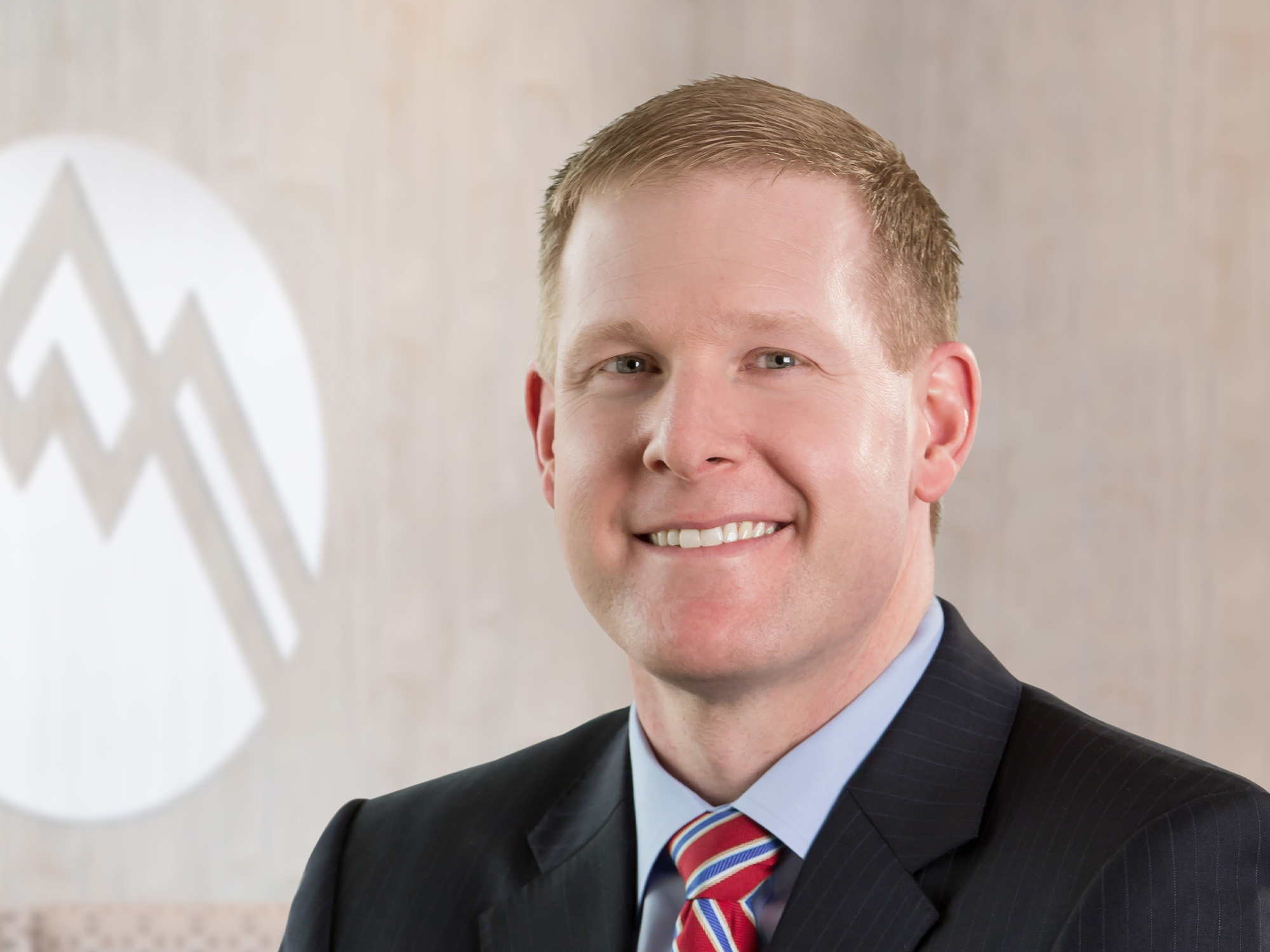Degenerative disc disease and related conditions are some of the most common causes of low back and neck pain. Understanding these diseases is the first step toward effective treatment.
The spine is an interdependent system of 33 vertebrae, more than 100 joints, 120 muscles, and 23 discs. Our discs are designed to provide cushioning between the vertebrae, and provide us with flexibility and range of motion. Unlike muscles, our discs have a minimal blood supply. When structures in our body are injured, blood supplies the healing nutrients and oxygen needed for repair and healing. This means that once a spinal disc is injured, it cannot repair itself the way our muscles can and this can start the process of degenerative disc disease.
The start of degenerative disc disease
Affected discs may be located in the neck (cervical spine), middle of the spine (thoracic spine), or in the lower back (lumbar spine). Once we suffer an injury to a disc, it degenerates in three general stages that may occur over a period of 20 to 30 years:
- Dysfunction caused by the pain of the injury.
- A long phase of relative instability at the vertebral segment cushioned by the injured disc, causing intermittent back pain.
- Re-stabilization of the injured disc accompanied by a decrease in episodes of back pain.
Conditions stemming from degeneration
Demographic studies show that degenerative disc disease causes less back pain for elderly adults than it does for adults between the ages of 30 and 50. However, disc degeneration can lead to the onset of other spinal conditions that do cause back pain for elderly adults. These conditions include:
- Spinal stenosis. This form of spinal degeneration can occur in the cervical or lumbar spine. It causes the spinal nerve roots to be compressed, and can cause tingling, weakness, or numbness—the symptoms of sciatica.
- Osteoarthritis. This disease causes a breakdown of the cartilage between the facet joints located in the back of the spine. The facet joints become inflamed, and back motion and flexibility decrease. Over time, bone spurs typically form on the facet joints in response to joint instability.
- Spondylolisthesis. When the facet joints degenerate significantly, they can become mechanically ineffective, causing one vertebra to slip out of place, causing back pain and/or leg pain.
Degenerative disc disease treatment options
Summit Orthopedics is home to the area’s top spine specialists for degenerative disc disease treatment. Our back specialists diagnose spine problems and design custom treatment plans built on a conservative, non-surgical approach. Most patients find relief through treatments including guided injections, specialized physical therapy, biofeedback, exercise, activity modification, and medication. When conservative care does not relieve symptoms, we can discuss surgical options. Together with you, we will determine the right course of action.
Summit Orthopedics offers comprehensive spine expertise
Our back specialists diagnose spine problems and design custom treatment plans built on a conservative, nonsurgical approach. Most patients find relief through treatments including guided injections, specialized physical therapy, biofeedback, exercise, activity modification, and medication. When conservative care does not relieve symptoms, our highly skilled surgeons offer proven, evidence-based surgical options. Together with you, we will determine the right course of action.
Start your journey to a healthy spine. Find your spine expert, request an appointment online, or call us at (651) 968–5201 to schedule a spine consultation.
Summit has convenient locations across the Minneapolis-St. Paul metro area, serving Minnesota and western Wisconsin. We have state-of-the-art centers for comprehensive orthopedic care in Eagan, MN, Plymouth, MN, Vadnais Heights, MN, and Woodbury, MN, as well as additional community clinics throughout the metro and southern Minnesota.
Spine related resources
- View Summit’s Spine animated condition and treatment video library
- Check out additional information on Summit’s approach to spine care
- See Summit’s treatment options for neck, back, and spine care

